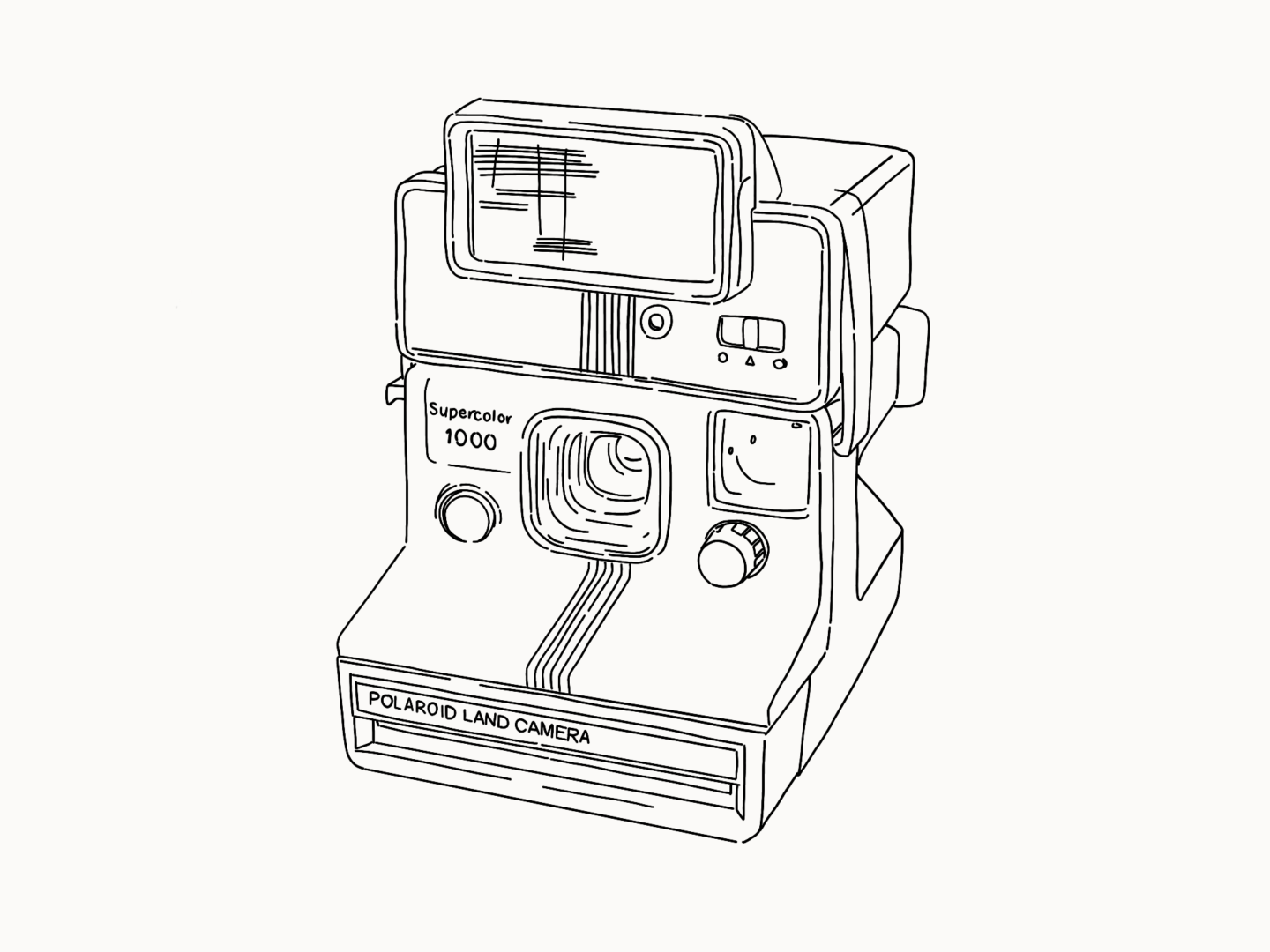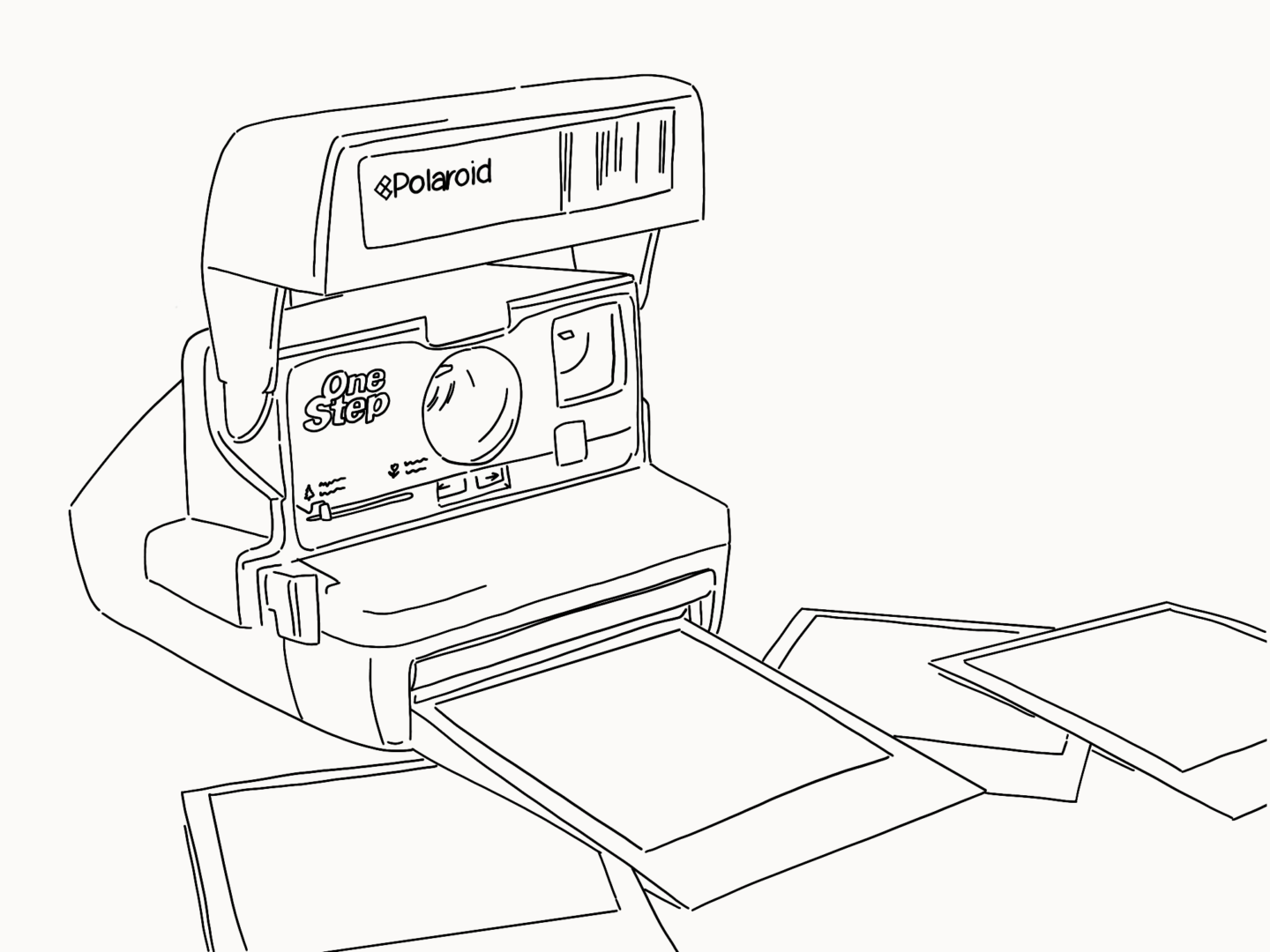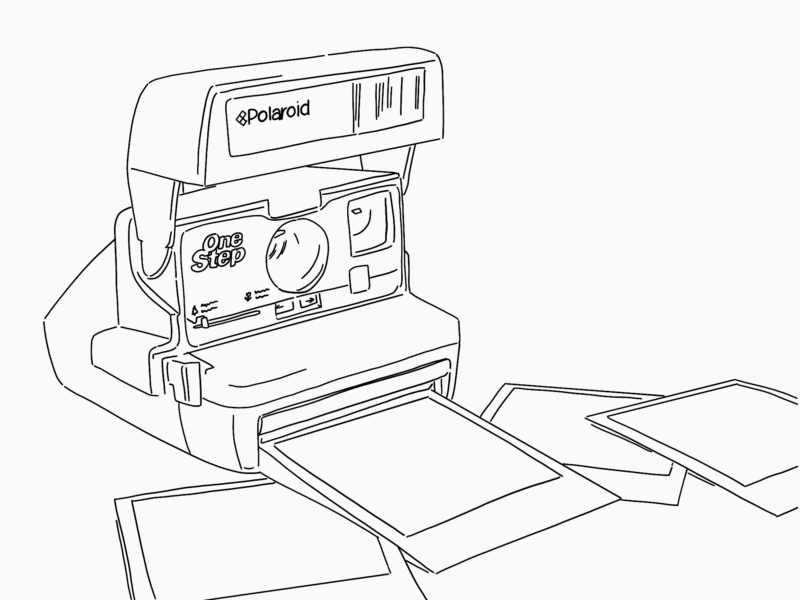There are few gadgets that have come back from the brink of extinction as powerfully as the instant camera. Over 7 million were sold last year alone. So, today I thought I’d delve a little deeper into the history of the original instant camera, the polaroid land camera.
The story goes that the idea for the polaroid camera came to Edwin Land in 1943 while on holiday with his family when his 3-year-old daughter “asked why she couldn’t see the vacation photos her father was taking “right now.”” Rather than chiding his daughter’s impatience, Land, who had just founded the Polaroid Corporation and created the first polarized camera filters (tech which you’ve probably taken advantage of when putting on your sunglasses as it reduces glare).
So, Land and his engineers at Polaroid started developing the technology to allow for instant photographic gratification. They began with creating peel-and-develop film, first in black and white, and then, eventually in colour. They debuted the “first one-step dry process for producing finished photographs within one minute after taking the picture, at a meeting of the Optical Society of America on February 21” 1947. This film was the game changer and was quickly put into practice as part of the Model 95 Land Camera.
That camera went on sale for $89.95 (that’s the equivalent of around $950 today) in the Jordan Marsh department store in Boston Massachusetts a year later. In under a decade Polaroid had sold over a million cameras in 45 countries.

The Model 95 was the blueprint for all Polaroid Land cameras over the next 15 years. In fact, it wasn’t until 1972 that the Polaroid camera we all know and love was born. That camera was the SX-70 Land camera, a fully automatic, motorized, folding, single lens reflex camera with film which automatically self-develops in daylight. This camera was what Land had in mind, 3 decades earlier, in 1943 when he first dreamed of instant photography. Owen Edwards at the Smithsonian Mag writes:
“Sam Liggero, a chemist who spent several decades as a product developer at Polaroid, told me recently that Land had long envisioned an SX-70-type camera, involving a self-contained, one-step process with no fuss and no mess. Liggero describes Land as someone who “could look into the future and eloquently describe the intersection of science, technology and aesthetics.””
That intersection of science, technology and aesthetics can be seen in Land’s keen eye for marketing as well as his cameras. He famously had red and yellow tulips flown in from the Netherlands for the launch of the SX-70 because they hadn’t quite perfected the colour film yet, and red and yellow were the colours which looked the brightest. So when the members of the shareholder’s board arrived, eager to try their new cameras out, they were sure to get the best shot.
Land’s camera hit peak popularity with the debut of the OneStep Land camera in 1977. The OneStep was cheap, easy to use with its fixed-focus, smooth to use, fun to carry and the best-selling camera in America. It was also Land’s 500th patent, leading to him being inducted into the National Inventors Hall of Fame, because he never stopped making things a new.

Unfortunately after Land’s death in 1991, due to a rise in competition and a quickly evolving digital landscape, Polaroid and their instant cameras’ fates changed.
In 2008, sensing Polaroid’s imminent closure of its film factories. A group of former employees bought a Polaroid film factory in the Netherlands. The company was called The Impossible Project. The Impossible Project kept the instant camera in Land’s original format alive, because as they say themselves “decades on, there’s still nothing like a Polaroid Original.” Their passion for the Polaroid camera, I believe, went some way to reinspire popular love for the instant format. As soon as the polaroid was hard to get, as soon as it became vintage rather than outdated, it was desirable.
Today, Polaroid don’t have the monopoly over the instant camera market they once had. In fact, they’re outsold by Fujifilm’s equivalent. Their equivalent is so similar that Polaroid are attempting to sue Fujifilm for millions of dollars as they claim the “square form” of Fujifilm’s Instax Square photos is “essentially identical” to the trademark and trade dress rights owned by Polaroid. But if you look past those legal issues, Polaroid’s name, if not its cameras, are still synonymous with instant photography. How many times have you heard one of those little square photos being called a Polaroid rather than anything else?
Polaroid’s phoenix like rise says a lot about the nostalgic power of great design, and of our desire as humans to hold our memories in our hands instantly as tokens of what we’ve experienced.


